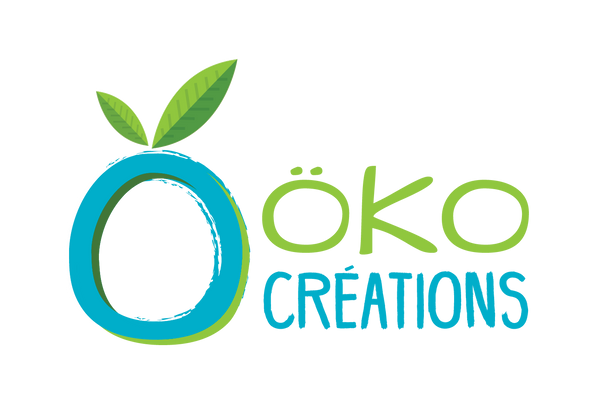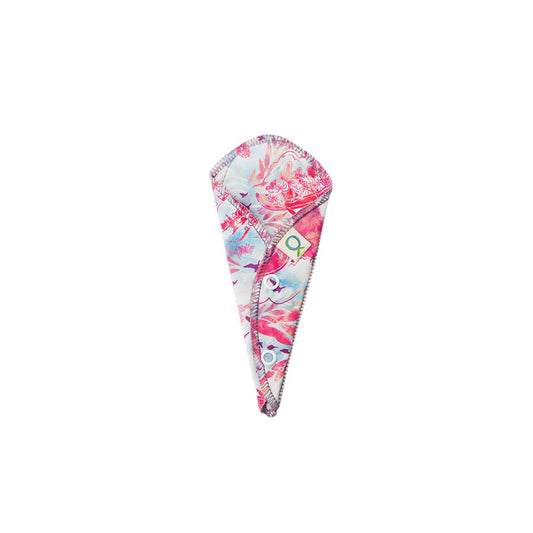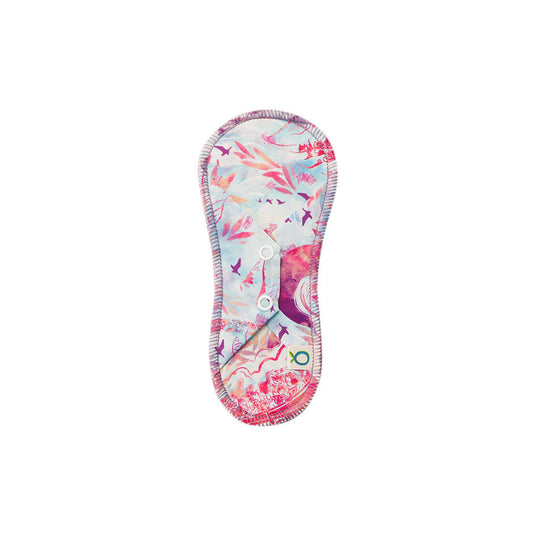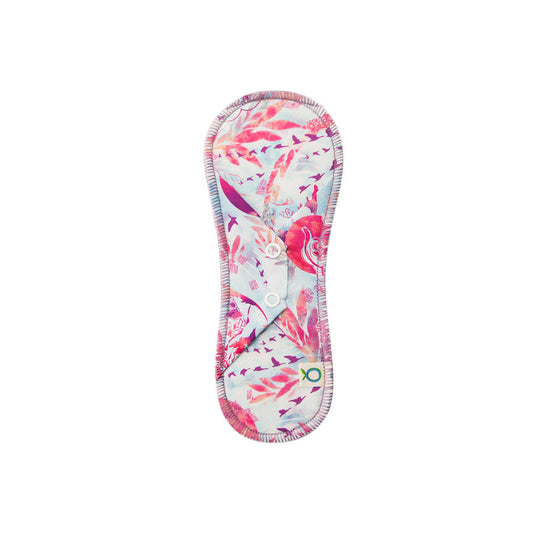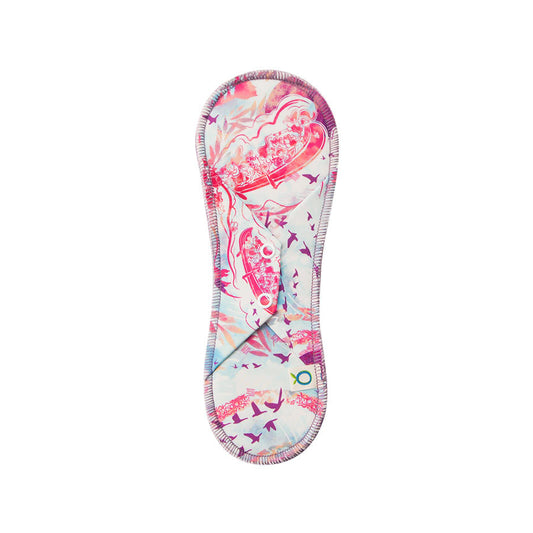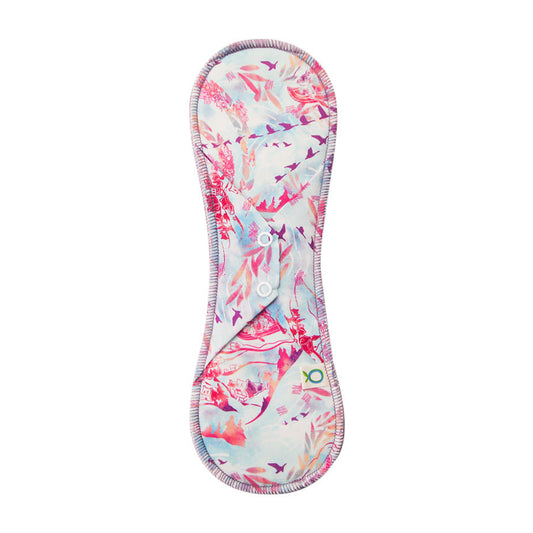User Guide | Öko-Pads | Reusable Cloth Pads
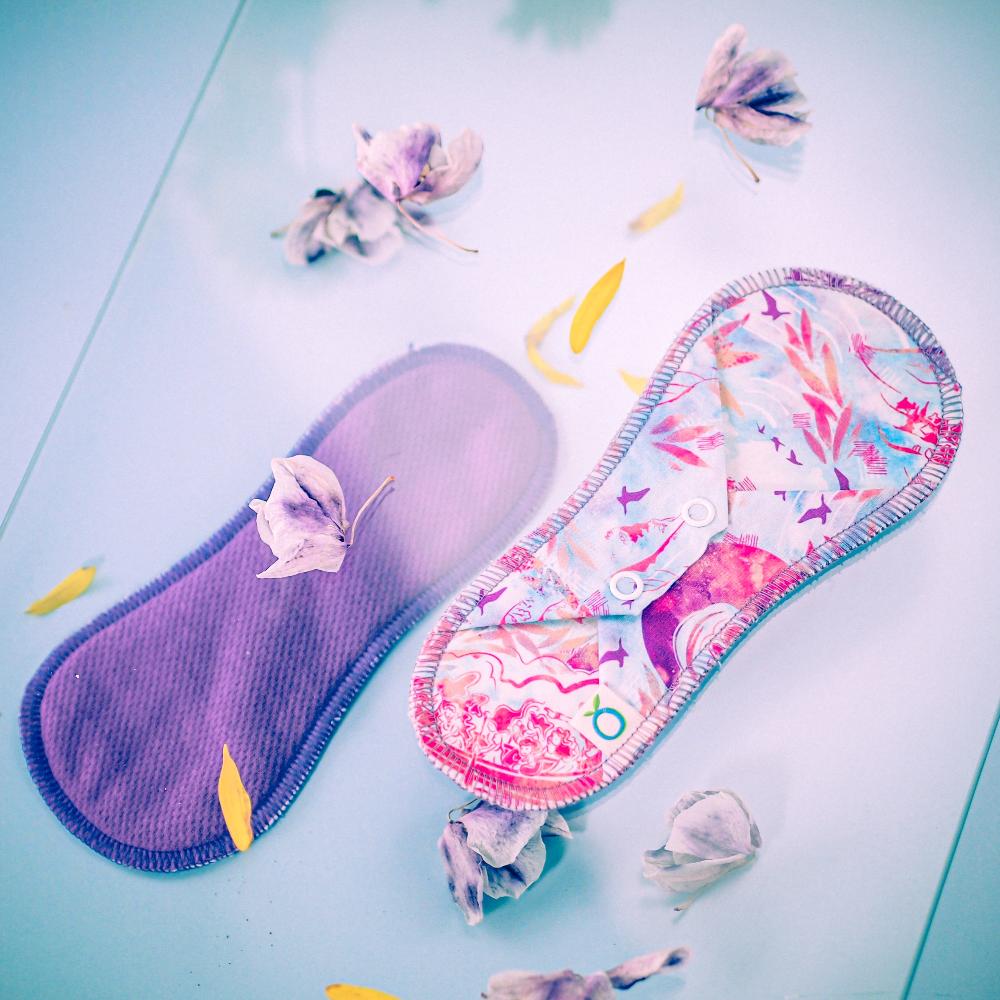
Why use Öko-Pads washable menstrual pads?
Many benefits for you and the environment:
Less leaks: wadded hemp is ultra-absorbent and lined with a waterproof-breathable film that prevents leaks.
Gentle on the skin: the fabric in contact with the skin is made from 100% natural fibers. This reduces the risk of irritation, allergy and infection.
Reduce your ecological footprint (and expenses!): it's estimated that each menstruating person will throw away over 10,000 menstrual products in their lifetime! An Öko-pad lasts at least 6 years. Think of the savings you'll make by not buying disposable pads every month!
Comfort: Öko-pads are really comfortable, thanks to their shape, lightness and softness. What's more, since hemp has anti-bacterial properties, they reduce odors.

Thoughtful design from every angle:
We're proud to offer high-quality products made in Quebec! We've been building on our expertise in menstrual product design and manufacturing since 2009. The research and development of our Öko-Pads is the result of years of testing, trial and error, and finding the best materials for menstrual products. These materials have been meticulously chosen for their comfort, function, durability and environmental impact. The use of organic cotton, hemp, a waterproof membrane and ultra-thin snap fasteners, all assembled in a form well adapted to the body , gives Öko-Pads unrivalled comfort!
The different sizes of pads | Öko-Pads
-
Öko-Pads | Mini Washable Panty Liner for Thong
Regular price $12.49 CADRegular priceUnit price / per$13.49 CADSale price $12.49 CADSale -
Öko-Pads | Mini Washable Panty Liner
Regular price $13.49 CADRegular priceUnit price / per$14.49 CADSale price $13.49 CADSale -
Öko-Pads | Washable Panty Liner
Regular price $13.99 CADRegular priceUnit price / per$14.99 CADSale price $13.99 CADSale -
Öko-Pads | Regular Menstrual Pads
Regular price $15.49 CADRegular priceUnit price / per$16.49 CADSale price $15.49 CADSale -
Öko-Pads | Long Menstrual Pads
Regular price $15.99 CADRegular priceUnit price / per$16.99 CADSale price $15.99 CADSale
A look at the composition of pads | Öko-Pads:
-
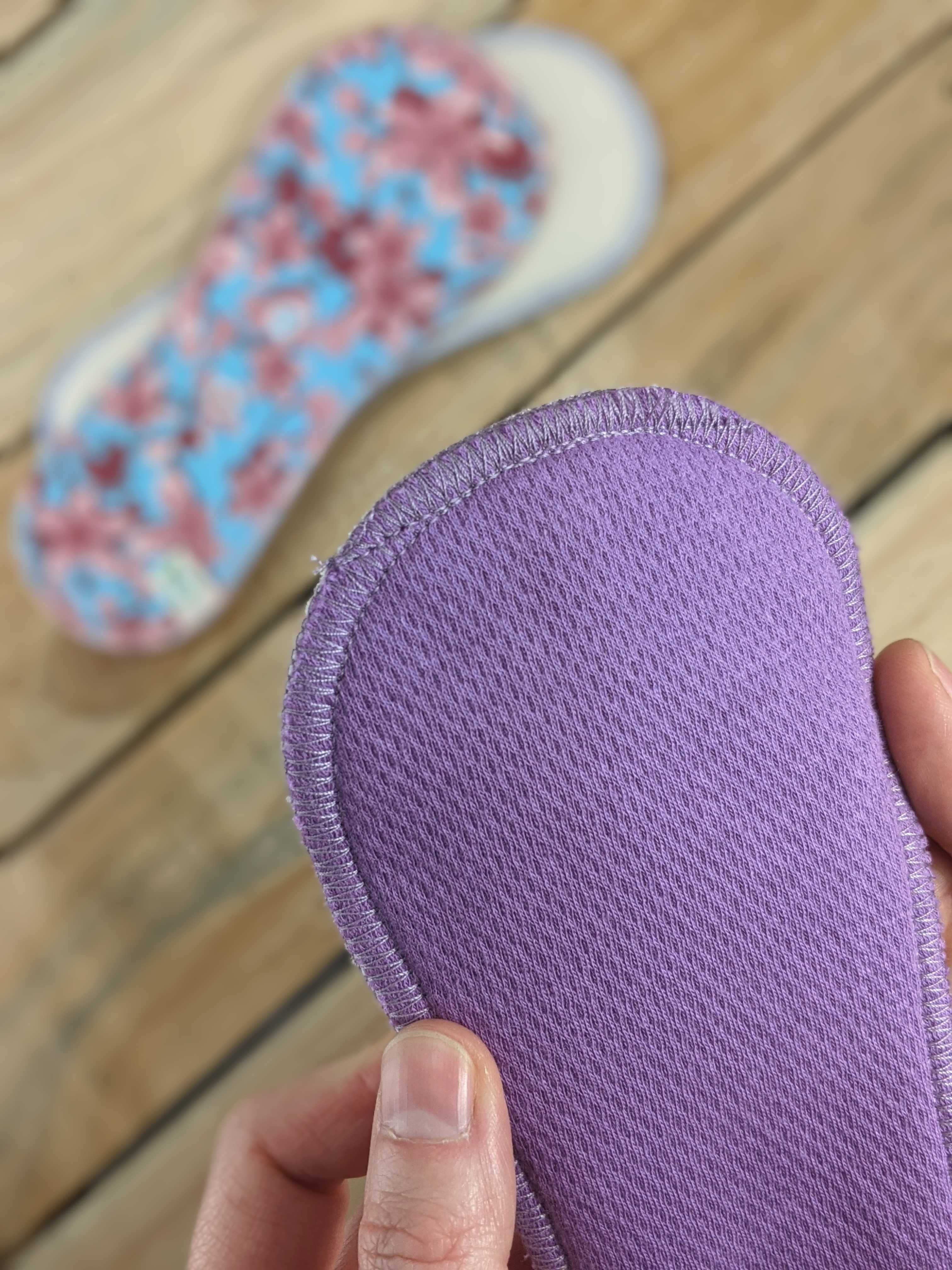
Fast-absorbing organic cotton
Organic cotton, specially knitted for soft skin contact, ensures rapid absorption of liquids while guaranteeing optimum comfort. Choose between the natural version for soothed sensitivity or the dyed version to conceal stains.
-
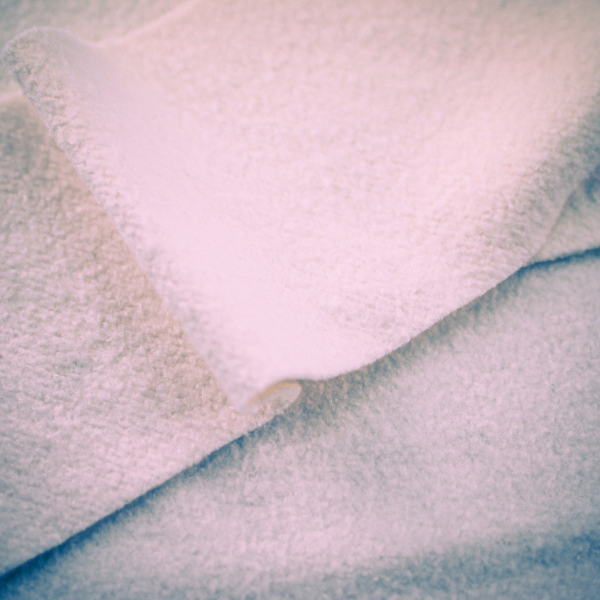
Hemp
The core of each pads is an exceptionally absorbent and naturally antibacterial hemp fabric. This combination guarantees reliable, comfortable protection all day long, whatever the season.
-
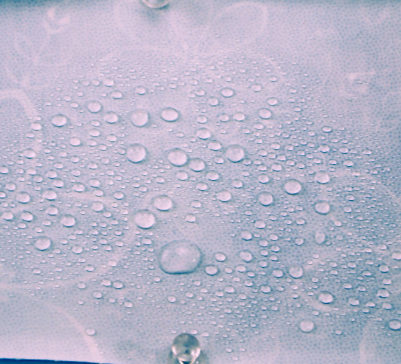
Waterproof membrane
{"type":"root","children":[{"type":"paragraph","children":[{"type":"text","value":"We use a food-grade polyurethane membrane (PUL) to ensure the impermeability of our protections, without the addition of PFASs or nano-silver."}]}]} -
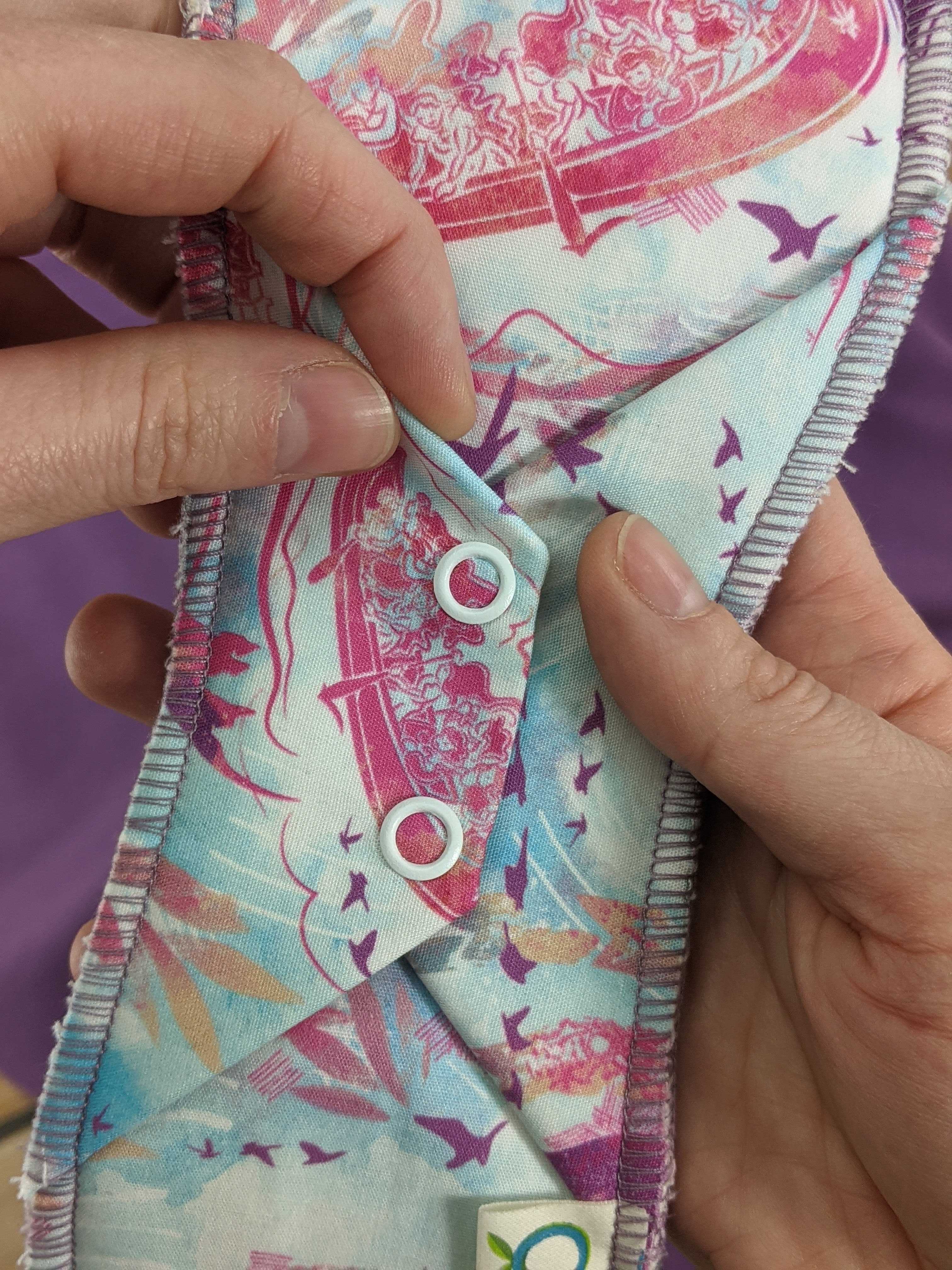
Stabilizing wings
Discreet metal snaps on the wings ensure a perfect fit, eliminating the inconvenience of slipping. The widened part of the protection is positioned towards the front of the panty to prevent any backward movement.
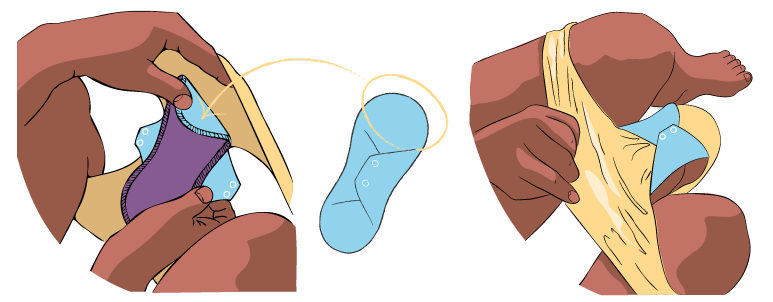
How do I use Öko-Pads?
It's as easy as pie to fit as conventional protection:
Simply attach the Öko-Pad to the back of the underwear using the snaps. The wider part of the pad is placed towards the front of the underwear.
A well-fitting cotton undergarment is preferable.
Individual pouches or what to do when I'm not at home?
-
Slip the one you're using into the individual pocket It's no more complicated than managing disposable pads.
All our Öko-Pads are compatible with individual pouches. Planning an outing? Your period says hello on a Monday morning at work? Don't worry, when you change your protection, keep the pouch and:
-
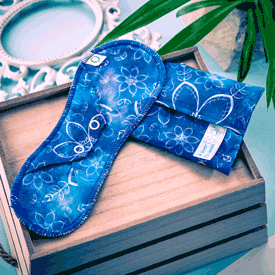
1
Slide the used one into the individual pouch
-

2
Pull on the small "To Wash" label.
How to take care of Öko-Pads
-
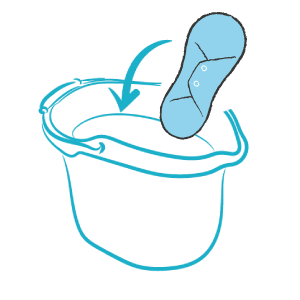
1- Manage your Washing Pads
With soaking: To prevent stains, place a container of cold, soapy water in the bathroom and place the used protectors in it. Renew the water daily for a maximum of two days. You can also add sodium percarbonate or Öko-Capsules to improve effectiveness.
Without soaking: A simpler method requiring less handling involves depositing used pads in a dry place, such as a container or breathable bag.
-
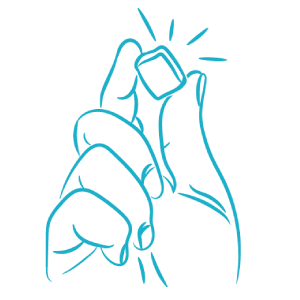
2- Stain treatment
We recommend a quick, low-maintenance method.
1. Start by rinsing the pads with cold water to remove any excess blood or urine.
2. Shake the bottle and apply Öko-Clean stain remover to the protection. Leave for a few minutes before washing.
-
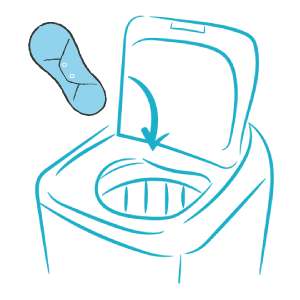
3- Wash day
Add to a standard wash with cold or warm water. Hang dry or tumble dry at low temperature. Avoid using bleach or fabric softener. Use a mild glycerine-free laundry soap.
If bleaching is required, we recommend the use of sodium percarbonate.
